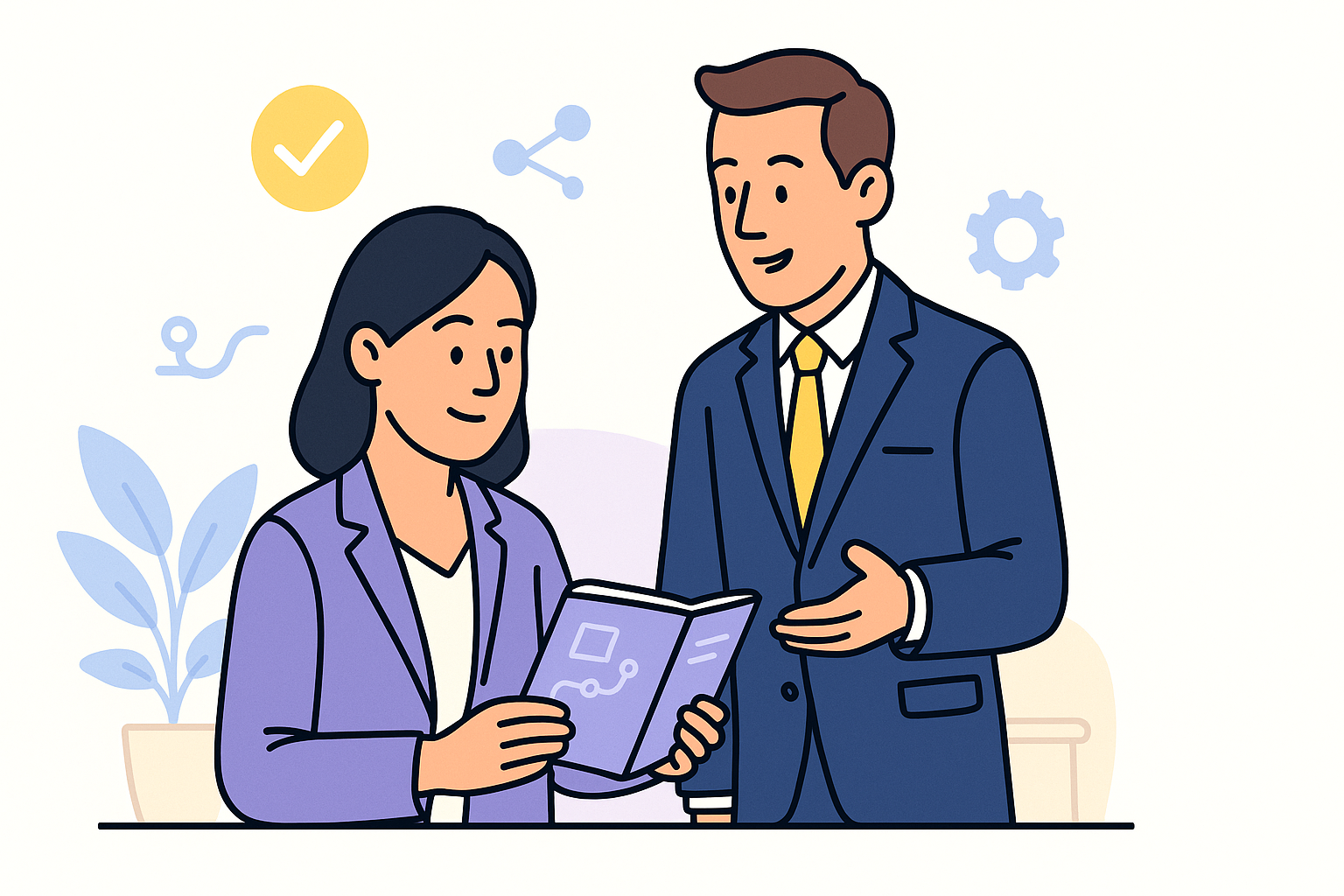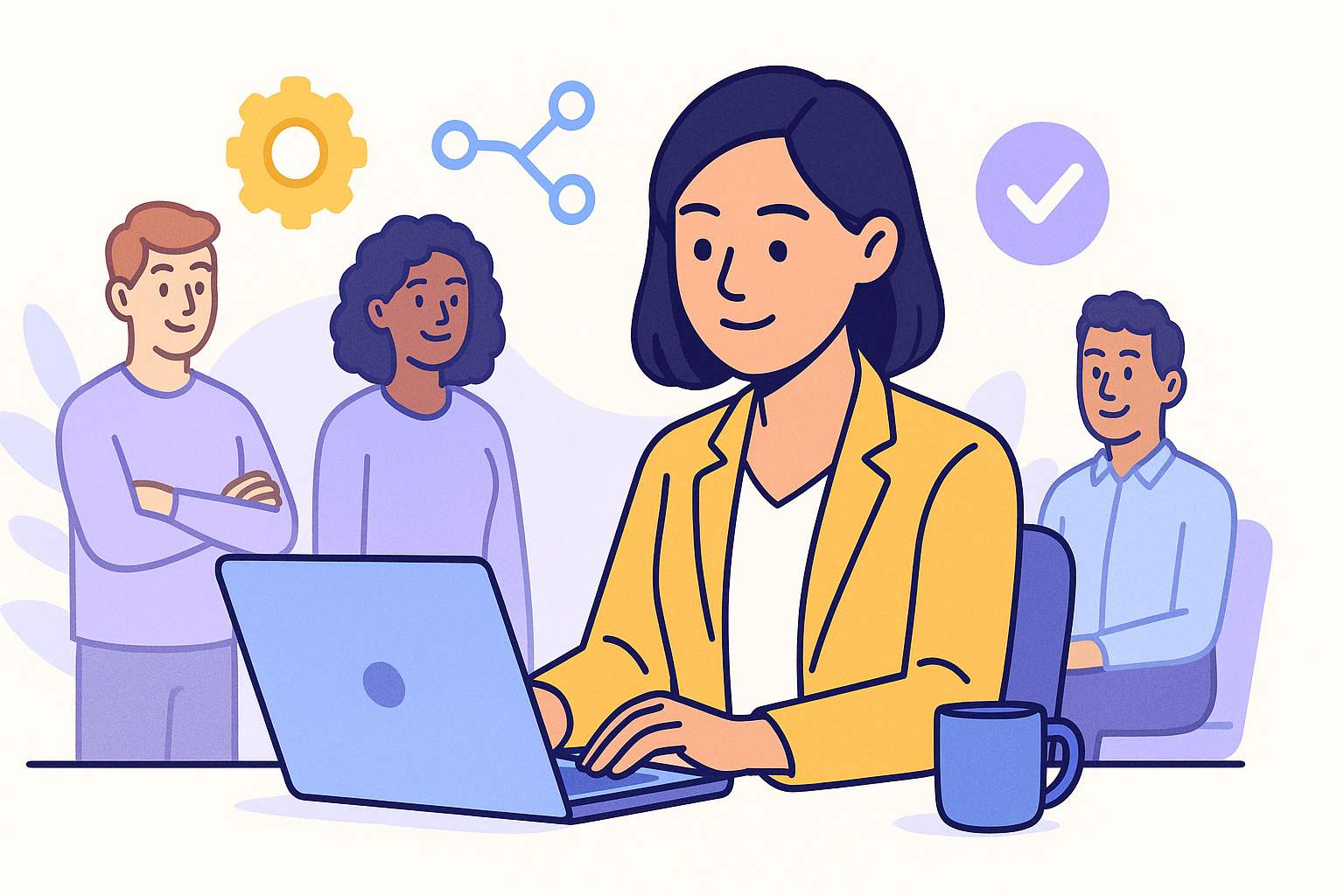Customer Service Training: Agent Development Strategies
Enhance agent development with Customer Service Training strategies. Elevate service quality and satisfaction. Explore more now.
.jpg)
Establishing an e-commerce business is demanding. Even after you’ve developed a great product and found ways to attract traffic and sales through advertising, influencers, or other methods, the work isn’t done. As your business grows, you’ll need to focus on scaling the human aspect, particularly in customer service training, to maintain quality support.
Scaling people can be a nightmare. It's not like an advertising algorithm or a supply and demand forecast that you can just turn off and restart anew. The people side of your business is more challenging. You need to know what to consider to make a good hire, where to find great people, how to train them, and how to manage them effectively. One thing that can add a lot of pressure is the disappointment of creating a poor company culture by making a few bad hiring decisions in a row.
With that said, it is possible to scale the people side of your business just like any other part of your business. You just need to have a clearly defined training process with success metrics that you move people through in order to keep the customer experience strong as the agent team grows. Simple, but not easy.
At HelpFlow, we provide 24/7 live chat and customer service teams to over 100 stores. We train hundreds of agents and have it down to a science that enables us to bring on agents quickly and effectively for a wide range of brands. In this post, we will walk you through the key parts of how we do it so that you can learn from it and apply it in your own training.
Let's get into it.
Customer Service Training: Define the Metrics of Success
Before you can train someone, you need to be able to define the outcome you want them to produce. That sounds so simple, but do you have two or three key metrics in place for your customer service team, and do you know what good or bad is for those metrics? Even if you know what they are, have you used them with your team in the last two weeks? Knowing what #s to track vs. having them part of your execution and culture are two different things.
When we run a customer service team for one of our clients, our metrics to manage agents are first response time, handle time, and customer satisfaction rating. This measures how quickly customers get a response after contacting you, how efficiently agents handle the workload, and how the customer feels after the ticket is resolved.
By tracking these in your helpdesk and then benchmarking the metrics with your current agents, you can have a clear definition of success for new agents on the team. They may not perform at the tenured agent level right away, but it's very important to track their progress so they get there.
Don't Train. Create Training Content
Effective customer service training for agents should not rely heavily on one-on-one sessions with you or a manager. Such an approach is time-consuming for everyone and often results in a superficial training experience. Ultimately, agents may end up learning less despite the increased time investment, which is inefficient.
When preparing for your next hire, rather than planning one-on-one, spend the extra time now to create training content that can be used for this agent and future agents. The process doesn't need to be complicated. You can create an outline of the training that a new agent needs, then create basic training videos walking the new agent through the material. The new agent can then review those videos and do Q&A live with you or your manager.
It's definitely important to have a lot of interaction time between the trainer and the new hire, but the bulk of the actual training material should be video and self-paced modules that the agent can go through. This way, they can complete it at their own pace, dig deeper into certain sections, and take notes to dig into with you during Q&A.
By running your training with content modules rather than one-on-one meetings, you can build a very templated and effective training process with clear action items for everybody involved. This makes training agent #2, #3, and #100 much easier. It also makes the people scaling part of things much easier because you'll be confident in replacing a new agent with another better agent if the training is really efficient for you.
I Do, We Do, You Do
Simply watching a training video isn’t enough to ensure someone can immediately execute a task flawlessly. People learn at different speeds, but an iterative customer service training process can facilitate the rapid development of complex skills. A proven effective method is the ‘I Do, We Do, You Do’ approach. Initially, I demonstrate the task. Next, we perform it together. Then, you try it with my support. And finally, you’re able to do it independently.
The training content mentioned before is the "I Do" part of training. The training watches the training video of how to do the task, and they have the ability to rewind and go deeper into certain sections that may not be clear enough right away.
What we do for the "We Do" part is a mix of "side by side" and "scenario" training sessions. The new agent will sit alongside an existing agent and watch them work with the ability to ask questions periodically. This enables them to see the training material in action and discuss it. Then, we set up scenarios for the trainee to work through with the trainer watching them and answering questions or giving pointers along the way. This provides the trainee with practice doing the work while getting help and the benefit of not being on actual client work yet
By leveraging an iterative training process like this along with content that the trainee can review, we are able to train Agents quickly to a defined level of success so they can provide an awesome customer experience for our clients.
What's Next?
If you're a growing e-commerce brand, it's extremely important that you successfully scale the people side of the business. Otherwise, you risk burning out your initial team or burning the brand equity you've built as poorly trained agents provide a poor customer experience.
Want to learn more about how to run a customer service team effectively? Here's a blog post on the key metrics of customer experience and agent performance, and how to manage with them: Customer Service Management Metrics.
We'd also be happy to do a Customer Service Audit with you. While we do this primarily with clients considering us to help run their customer service operation, you'll find that it will give you insanely deep insights into the performance of your customer service operation and how to improve it. Even if we don't work together for now, it's a good use of time to go through.
If you have any questions about live chat or customer service in general, feel free to reach out!
Related posts










